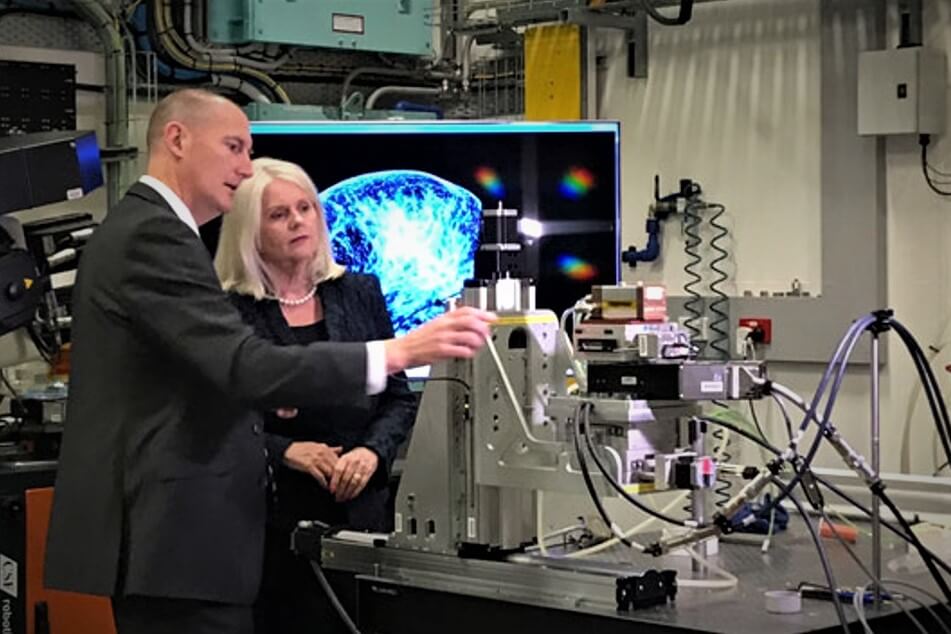1 MINUTE READ
Australian Synchrotron provides high tech support for
Australian innovation
(AUSTRALIA 2020)
The Australian Synchrotron is the Victorian Government’s legacy to the nation, significantly boosting Australia’s research capability.
In 2001, the Victorian Government committed to building a national synchrotron facility near Monash University. Fast forward a number of years to 2016, the Victorian Government transferred its 76 per cent ownership stake to the Australian Nuclear Science and Technology Organisation (ANSTO).
The Australian Synchrotron is a world-class research facility that uses accelerator technology to produce a powerful source of light-X rays and infrared radiation a million times brighter than the sun, enabling a range of applications including high resolution imaging that is not possible under normal laboratory conditions.
The facility offers capability in:
- Protein structure and drug target identification
- Ten operational beamlines covering a broad range of applications
- Plans for eight more beamlines
- Diffraction | Scattering | Spectroscopy | Imaging
- Medical beam line used for imaging of humans and animals
The facility support the research needs of universities, research centres and businesses.
The Australian Synchrotron has successfully supported:
- The Development of Venclexa, a treatment for lymphocytic leukemia, developed by WEHI, Genentech and Abbot. Venclexa is now licenced and available on the PBS.
- Pfizer Global Supply and Pfizer Essential Health by partnering with Site Operations and Research and Development to bring a critical oncolytic virus back onto market.
- Abbott and their partner CSIRO to better understand material used in their implantable pacemakers. Analysis of the molecular structure data obtained at the SAXS beamline was a crucial input into the improvement of product performance and the manufacturing processes required for their fabrication.
- The development of Stentrode™, a minimally invasive brain device, implanted via the jugular vein, that can interpret signals from the brain for patients with paralysis. The Imaging and Medical beamline was used to show the rate of endothelialisation.
- miniFAB Pty Ltd, commercial partner of the Monash Vision Group, by providing testing of the biocompatibility of electrodes that would be implanted into the brain. The project received further federal funding in April 2018.
Further the Australian Synchrotron is preparing for the first in-human trials to improve the detection of breast cancer down to the millimetre. This project is funded by ANSTO and the Nation Health and Medical Research Council.




